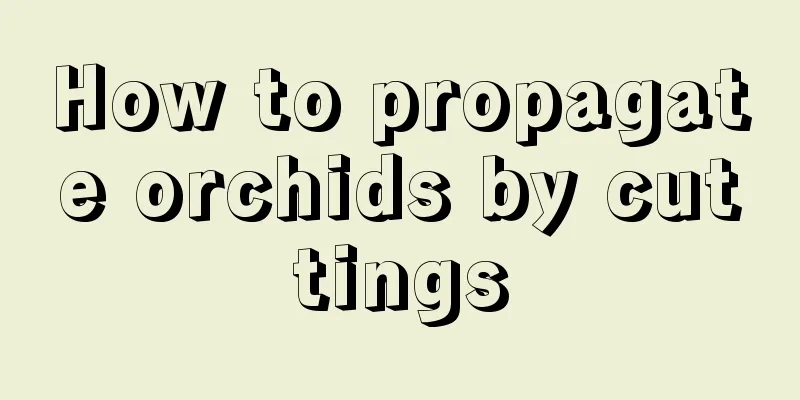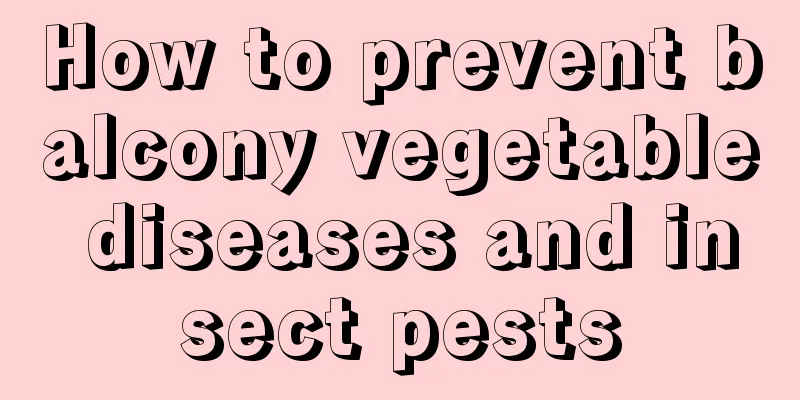What fertilizer is best for sunflower topdressing (what fertilizer does sunflower need to be flushed for absorption in the early stage)

Sunflower topdressing fertilizer timeFirst of all, the time for topdressing sunflowers is mainly two times when the sunflowers have grown 7-8 pairs of true leaves and the flower disk is about 3cm. Sunflower plants are generally tall and require more fertilizer overall. After budding and flowering, they enter a stage where both vegetative growth and reproductive growth occur simultaneously. They grow very vigorously and have a relatively concentrated demand for nutrients. They need to be topdressed with water-soluble fertilizers that are easy to absorb and have good quick-acting properties. Top dressing is very important for sunflowers. Even if the base fertilizer is sufficient, if the top dressing is not done properly to supplement the nutrients, the yield will be affected. There are two main ways to topdress sunflowers: root fertilization and foliar fertilization. The types and contents of fertilizers applied in the two fertilization methods are different. 1. Topdressing the roots of sunflowersThe root topdressing of sunflowers should be based on their growth fertilizer requirements and a nitrogen, phosphorus and potassium compound water-soluble fertilizer should be applied. From seedling to bud formation, the nitrogen required by sunflowers accounts for 55% of the nitrogen absorbed during the entire growth period. From bud formation to flowering, the nitrogen absorbed accounts for 32%, and from flowering to maturity, the nitrogen absorbed accounts for 33%. From budding to flowering is the period of vigorous growth of sunflowers, and also the period of concentrated nitrogen demand. Sunflowers absorb phosphorus throughout their growth period, especially in the later stages. From seedling to bud, phosphorus absorption accounts for 21% of the entire growth period; from bud to flowering accounts for 33%; and from flowering to maturity accounts for 46%. Sunflowers absorb 40% of the potassium from seedling to budding during the entire growth period, 26% from budding to flowering, and 34% from flowering to maturity. They are crops that require a lot of potassium . The traditional sunflower topdressing program generally uses large amounts of chemical fertilizers. It is recommended to apply 10 to 15 kg of ammonium nitrate, 7.5 to 10 kg of urea, 20 kg of superphosphate, and 15 kg of potassium chloride per mu. With the advancement of fertilization technology, drip irrigation facilities are now used in the cultivation of sunflowers in Inner Mongolia, Xinjiang and other places, integrating water and fertilizer. It is recommended to apply 20-20-20+TE balanced macro-element water-soluble fertilizer and 15-5-30+TE macro-element water-soluble fertilizer respectively during these two fertilization processes, 10 kg each per mu each time. If there is no drip irrigation equipment and watering is convenient, you can also use a large amount of water-soluble fertilizer, doubling the dosage. 2. Foliar fertilization of sunflowerIt is recommended to apply foliar fertilizer to sunflowers mainly by supplementing with trace elements such as boron fertilizer. It can also be combined with spraying potassium dihydrogen phosphate to promote full grains and increase thousand-grain weight. Crops that produce a lot of seeds, such as sunflower and rapeseed, have a higher demand for the trace element boron. Especially in areas where sunflowers are planted every year, in addition to applying boron fertilizer as base fertilizer, spraying boron-containing foliar fertilizer before flowering can promote the pollination rate of sunflowers, reduce barren grains, and increase production. |
>>: When to harvest winter cabbage (how to harvest and store winter cabbage)
Recommend
How often should I water hibiscus?
How often should I water hibiscus? Hibiscus is ge...
How much does a banyan bonsai cost? Pictures of banyan bonsai
1. How much does a banyan bonsai cost? The price ...
How to dry wolfberries and how to store them without getting damp
1. How to dry 1. Ordinary drying: Steam the fresh...
How to grow the flower of smooth sailing? How to water?
The smooth sailing flower, also known as white pa...
Cultivation techniques for asparagus fern at home at different time periods
Cultivation techniques for asparagus fern at home...
What diseases does the fungicide chlorothalonil treat?
Thiophanate-methyl is a broad-spectrum fungicide ...
Causes and solutions for bending and deformation of iron tree leaves
How to solve the deformation and bending of iron ...
What flowers are suitable for growing in Turpan? What are the city flowers and trees?
1. Turpan's Climate Characteristics Turpan ha...
How to prune Gloxinia
How to prune branches in the big cave Pruning tim...
Can baby's breath be planted in the ground?
Can baby's breath be planted in the ground? G...
Characteristics of Jasmine
1. Appearance characteristics 1. Leaves: Its leav...
How to prune the trident maple
How to prune the branches of the trident maple It...
What are the methods for sowing vinca roseus?
1. Sowing method 1. Time: Choose to sow in spring...
How to breed butterfly wing zebrafish?
The butterfly-wing zebrafish is a very beautiful ...
How to judge whether it is time to water the succulent plant? What is the state of the succulent plant when it is short of water?
Don't water the succulent plant when the soil...









